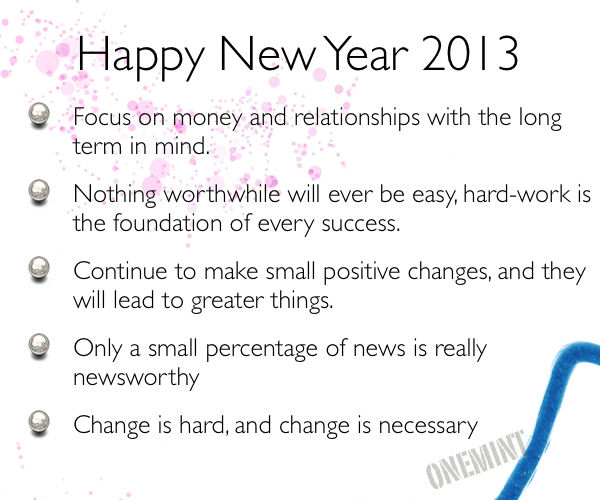The RGESS (Rajiv Gandhi Equity Savings Scheme) was announced last year, and I had a post on it in October which explained what it was.
To qualify for this scheme you should be a first time equity investor with less than Rs. 1o lakh income, and you should invest in certain specified stocks which include companies in the CNX 100.
Now, the CNX 100 is made up of stocks of the Nifty and the Junior Nifty and that means you can invest in index funds that track either the Nifty or the Junior Nifty, and you will be eligible for the tax benefit under RGESS. You can of course invest directly in one of those stocks, and that makes you eligible as well.
What I didn’t know is that there are no active mutual funds that limit their investing universe by the CNX 100. This is the difference between SBI’s RGESS funds and other active funds that exist today.
SBI RGESS will only invest in the stocks of the CNX 100, and will be an actively managed fund. Since this mutual fund is specifically targeted at RGESS, there can be no doubt that you will qualify for the RGESS tax deduction by investing in this fund and this is an important point in my mind.
That’s because no other index fund or mutual fund has so far advertised that they are also eligible under RGESS, and even in the case of SBI – they have the SBI Magnum Index Fund which is a Nifty index fund, and therefore should be eligible for RGESS, so then why is SBI coming up with a new product but not advertising the existing one for RGESS as well? It makes me wonder if there is a condition that makes it mandatory that only schemes launched specifically for RGESS will be eligible? I haven’t come across any such condition, but if you know of any then please leave a comment.
Moving on to the features of SBI RGESS Fund, here are some key things to keep in mind.
SBI RGESS Fund is an actively managed fund
Active funds are those where the fund manager has the discretion to pick and choose stocks and try to beat the index and give returns over and above their underlying index. SBI RGESS Fund is such a fund, and the fund manager will try to beat the index but will be restricted to the stocks in the CNX 100.
Such funds are typically characterized by relatively high costs, and that’s true for SBI RGESS fund also.
Expenses of SBI RGESS Fund
Mutual funds incur expenses which they then charge back to their investors, and in this is expressed as a percentage, the lower the percentage the better it is.
The expenses in the case of SBI RGESS Fund are as follows:
- On the first Rs.100 crores of the daily average net assets 2.70%
- On the next Rs.300 crores of the daily average net assets 2.45%
- On the next Rs.300 crores of the daily average net assets 2.20%
- On the balance of the assets 1.95%
As you can see these expenses are higher than index funds, and that’s a negative for a fund that is meant for new investors. In fact I would consider this is as a fairly big negative and wonder why someone shouldn’t invest in a low cost index fund instead of this fund?
Available for existing investors also
Although the fund is targeted for first time investors there is nothing that prevents other investors from investing in this mutual fund if they so desire. There is no lock in period which is interesting because according to the RGESS scheme there should be a blanket one year lock in of the stock or mutual fund you buy to be eligible but that is not enforced at the fund level.
The offer document has just been filed with SEBI and no dates have been declared but when they do I will update the post.

